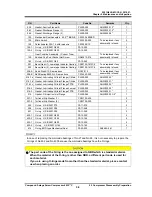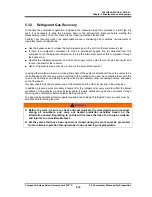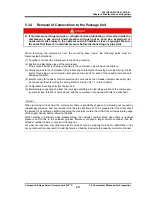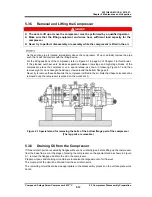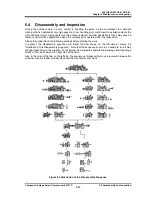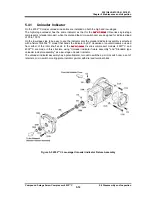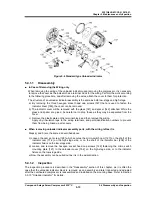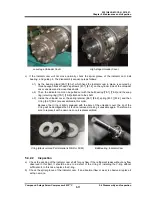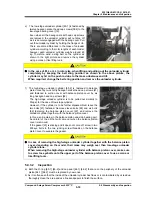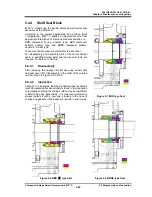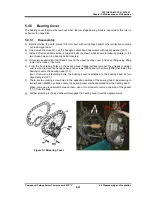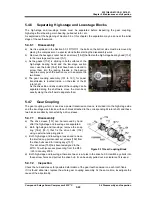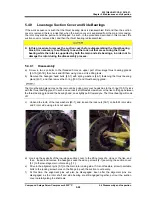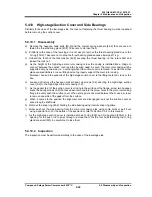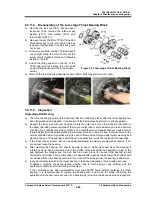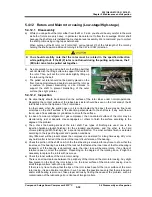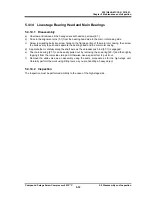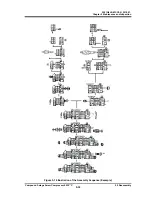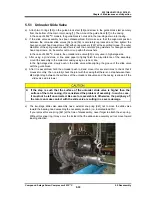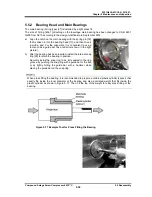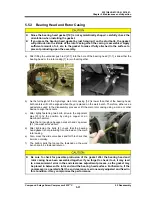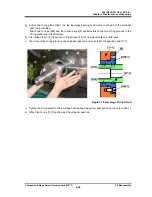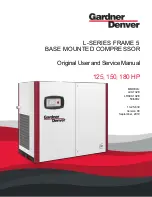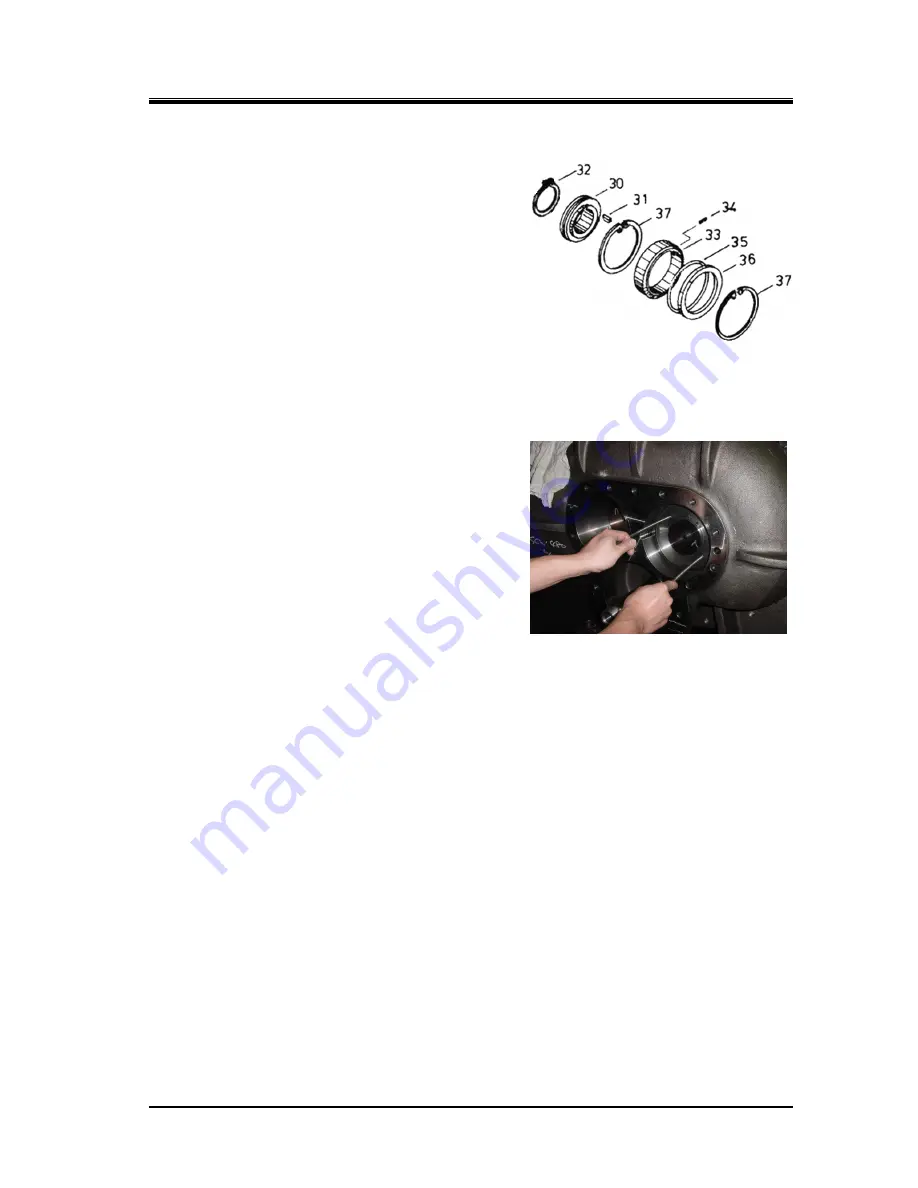
2201Q4JE-MY-C9-N_2018.01.
Chapter 5 Maintenance and Inspection
Compound 2-stage Screw Compressor 4032**C
5.4 Disassembly and Inspection
5-23
5.4.8
Balance Piston
During the operation of a screw compressor, both the
rotation rate and the thrust load of the M rotor are higher
than those of the F rotor. Accordingly, the service life of
the thrust bearing for the M rotor will be significantly
shorter than that of the F rotor, if no special measures are
taken. As such, in order to reduce the thrust bearing load
on the M rotor side, a hydraulic piston is used on the shaft
end of the rotor drive shaft to cancel the load.
◆
Note that no balance piston is used on the low-stage.
Because the low-stage pressure condition is lower
than high-stage, the service life difference of the bearings
is not so significant compared to the high-stage.
5.4.8.1
Disassembly
a) Remove the snap ring [32] retaining the balance
piston [30] on the shaft using external snap ring pliers.
b) Pull the balance piston straight out by screwing two
eye bolts into the threaded holes. While the rotor shaft
has a balance piston key [31], it is unnecessary to
remove the key.
In addition, to prevent rotation of the balance piston
sleeve [33], spring pin [34] is used in this models, it is
unnecessary to remove the pin.
c) Remove the snap ring [37] securing the balance
piston sleeve using the internal snap ring pliers.
As the snap ring is pressed out by the internal O-ring
[35], slightly pushing it can easily remove the snap ring.
d) Remove the balance piston sleeve and O-ring.
As clearance fit is used to engage the outside of the sleeve with the suction cover, you can easily
pull it out.
As there is an O-ring spacer [36], also remove the spacer.
5.4.8.2
Inspection
While you will be able to find some trace of wear on the inside surface of the balance piston sleeve,
such wear is not abnormal as it is caused because the clearance between the balance piston and the
sleeve is narrower than the clearance between the rotor shaft and the bearing.
Because enough clearance is given to the outside of balance piston sleeve in order not to apply the
bearing load to the balance piston, no further development of the wear is expected.
However, you should still carefully check the condition because when the side bearing is significantly
worn, the balance piston may also be worn.
Figure 5-12 Balance Piston Block

